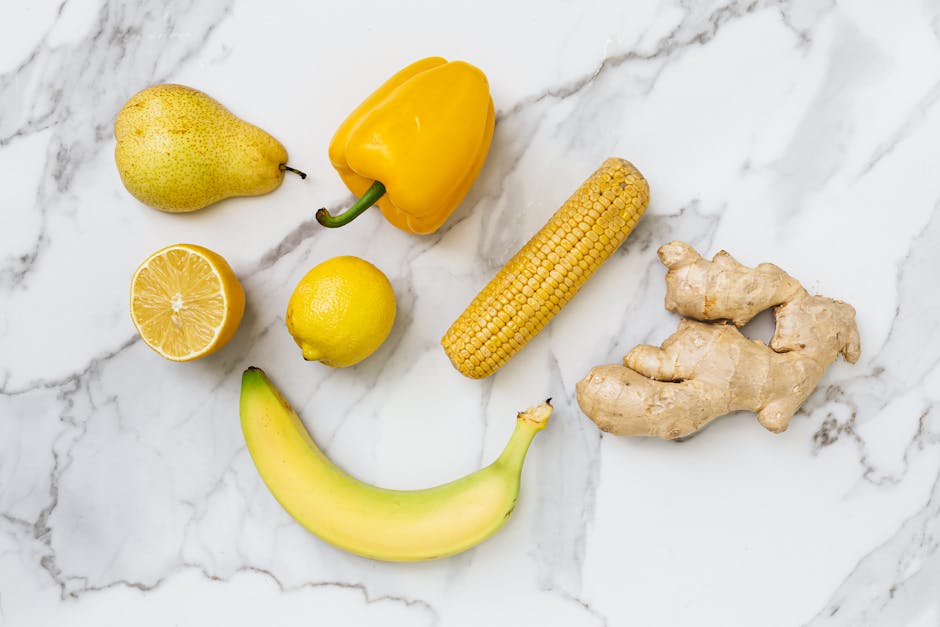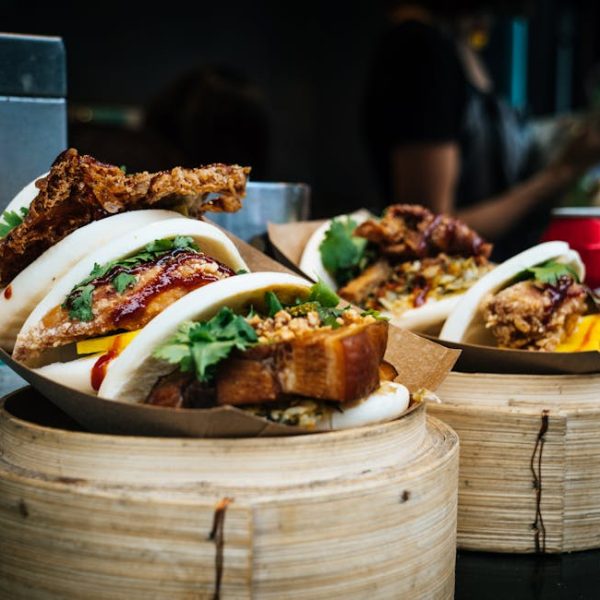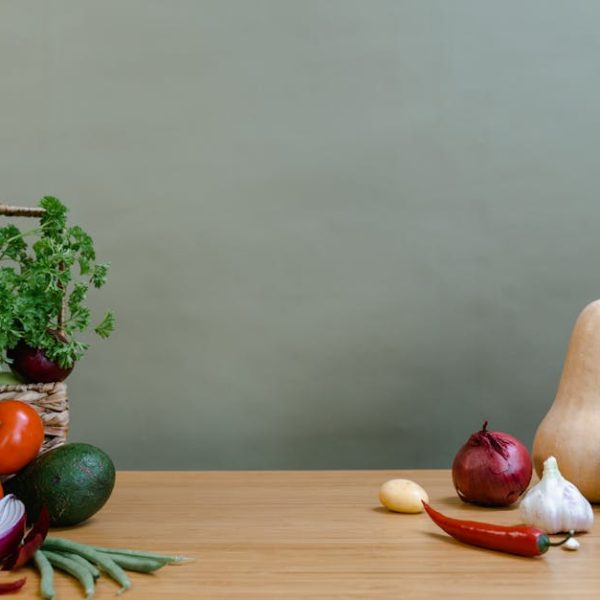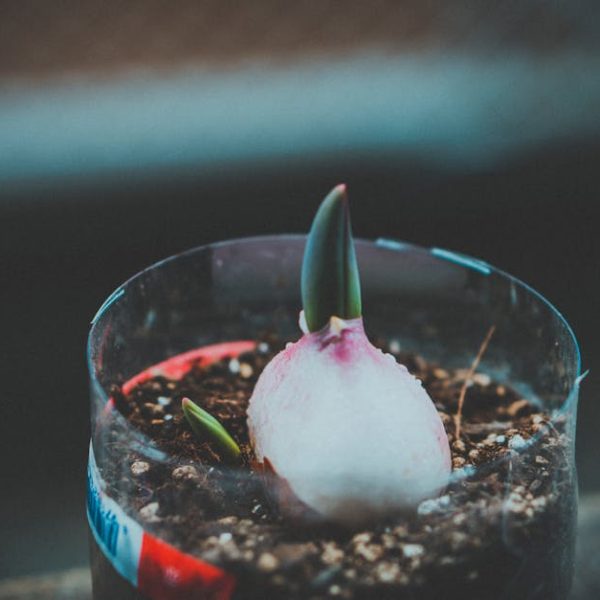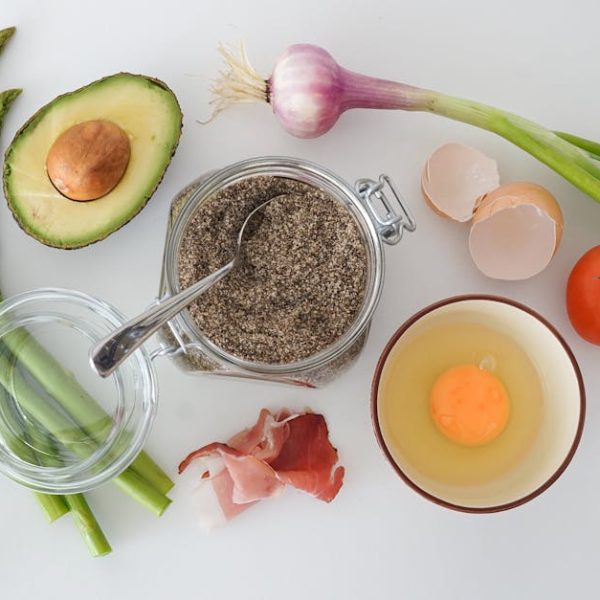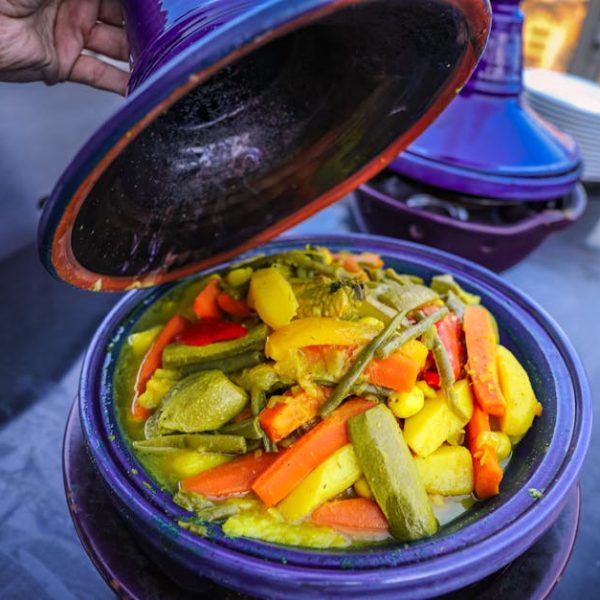Few things compare to homegrown produce, and banana peppers are no exception. Keeping these crunchy, tangy fruits fresh can be a challenge, though. So, let’s delve into six quick tips that will ensure your banana peppers are stored perfectly, maintaining their flavor and spice for as long as possible.
Choosing the Right Banana Peppers for Storage
Starting the process with optimal peppers is key. The perfect banana pepper should have a bright color, sans blemishes or wrinkles. It should feel firm, not squishy or hollow on touch. The stem should also remain intact until you’re ready to prepare them for storage.
The checklist for the perfect banana pepper includes:
1. Bright and vibrant color
2. Unblemished skin
3. Firmness to touch
4. An intact stem
Remember that the sooner you use the peppers after picking them, the better they’ll taste. This is the golden rule of all homegrown produce.
Preparation of Banana Peppers before Storage
Once you’ve selected your perfect peppers, you’ll need to prepare them for storage. This involves rinsing them under cold water, patting them dry, and removing their seeds. You may also wish to chop or slice them, especially if you intend to use them for cooking later on.
Here is a simple step-by-step guide:
1. Rinse the peppers under cold water.
2. Pat them dry gently with a soft cloth.
3. Cut around the top to remove the stem and seeds.
4. Optional: Slice or chop the peppers to your preference.
When handling the peppers, it can help to wear gloves, as capsaicin in them can cause skin irritation.
Refrigerating Banana Peppers
For short-term storage, you can refrigerate banana peppers, keeping them fresh for up to a week. You’ll need to place the peppers in airtight containers or sealed plastic bags to prevent moisture loss and to avoid tainting the flavors of other food. Pro-tip: Place a paper towel inside your container or bag to soak up any additional moisture, further prolonging the freshness.
Freezing Banana Peppers
If you’re looking at long-term storage options, freezing might be the best choice. One method is to spread the prepared peppers in a single layer on a baking sheet and freeze them before transferring them into freezer bags. This quick freezing process helps maintain their texture better.
For the best results, remember to label and date each freezer bag or container. It’s not just about organization; the flavor can deteriorate over time, so you’ll want to use your oldest supplies first.
Canning Banana Peppers
Canning is another excellent option for long-term storage. Here, you’ll be utilizing either vinegar or a pickling liquid to preserve the peppers. Make sure to sanitize your jars and seals and always check for signs of spoilage like bulging lids or leaks.
A pressure canner can deliver superb results as it distributes heat more evenly than a water bath, ensuring that all the bacteria are killed off.
Pickling Banana Peppers
Begin the pickling process by making a pickling mixture, which can contain vinegar, water, garlic, salt, and optional spices. Then submerge your peppers in this mixture and place them in your sanitized jars. This method not only extends their shelf life, it also lets you play with various flavors, giving each batch a unique twist.
As always, weigh your options. Pickling offers incredible taste and extended shelf life, but it requires resources and time, unlike the other methods. Decide what works best for you and enjoy your fresh, flavorful banana peppers whenever you please!
Key Takeaway:
- Choosing fresh, vibrant, firm and unblemished banana peppers with an intact stem is essential for optimal storage.
- Preparing the peppers correctly by washing, drying, deseeding and optionally slicing them ensures they store well.
- Refrigerating is a suitable short-term storage method, while freezing and canning can be used for long-term storage.
- Using freezer-friendly bags or containers and labeling them is key in the freezing process.
- Canning requires sterilizing jars and using vinegar or pickling liquid.
- Pickling, though time-consuming, enhances the flavor and extends the pepper’s shelf life.
In the end, remember that the joy of gardening and cooking comes from experimenting and discovering what works best for you. So, try all these storage methods and decide on the one you prefer. Keep enjoying your fresh, flavorful banana peppers no matter the season!
FAQs
Q: Can I store banana peppers without any preparations?
A: It is not advisable. Preparing them by washing, drying, and deseeding them helps in better storage and maintains their taste and texture.
Q: Any tips on how to avoid capsaicin irritation when handling banana peppers?
A: To prevent skin irritation from capsaicin, consider wearing protective gloves during the preparation of your peppers.
Q: Can I store banana peppers at room temperature?
A: It is not recommended. To maintain freshness and extend shelf life, refrigeration, freezing, canning, or pickling methods are more suitable.
Q: How long can canned banana peppers last?
A: If canned properly and stored in a cool, dark place, canned banana peppers can last for several months, even up to a year.
Q: Are there any substitutes for vinegar in the pickling process?
A: Vinegar provides necessary acidity in the pickling process. If you don’t have vinegar, you could use lemon or lime juice as a substitute, but it might alter the flavor.
Remember to share this article with fellow garden enthusiasts or cooks and explore more posts on our website for more handy tips!
